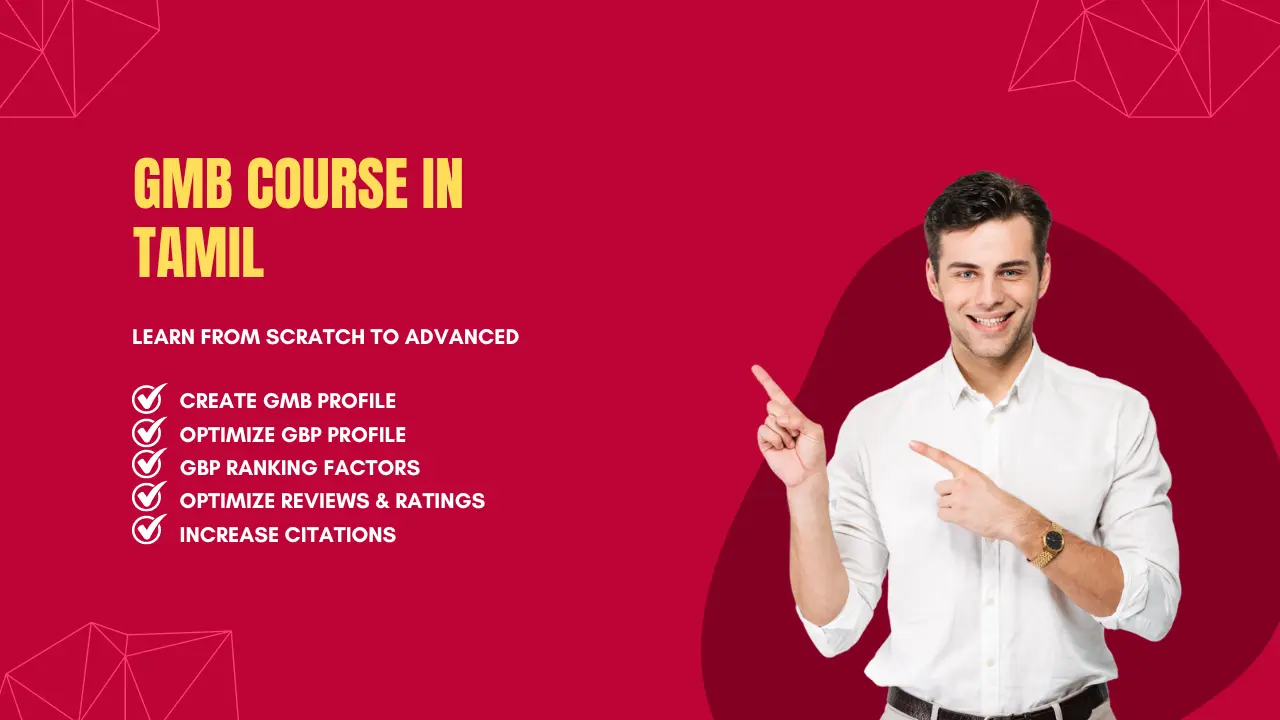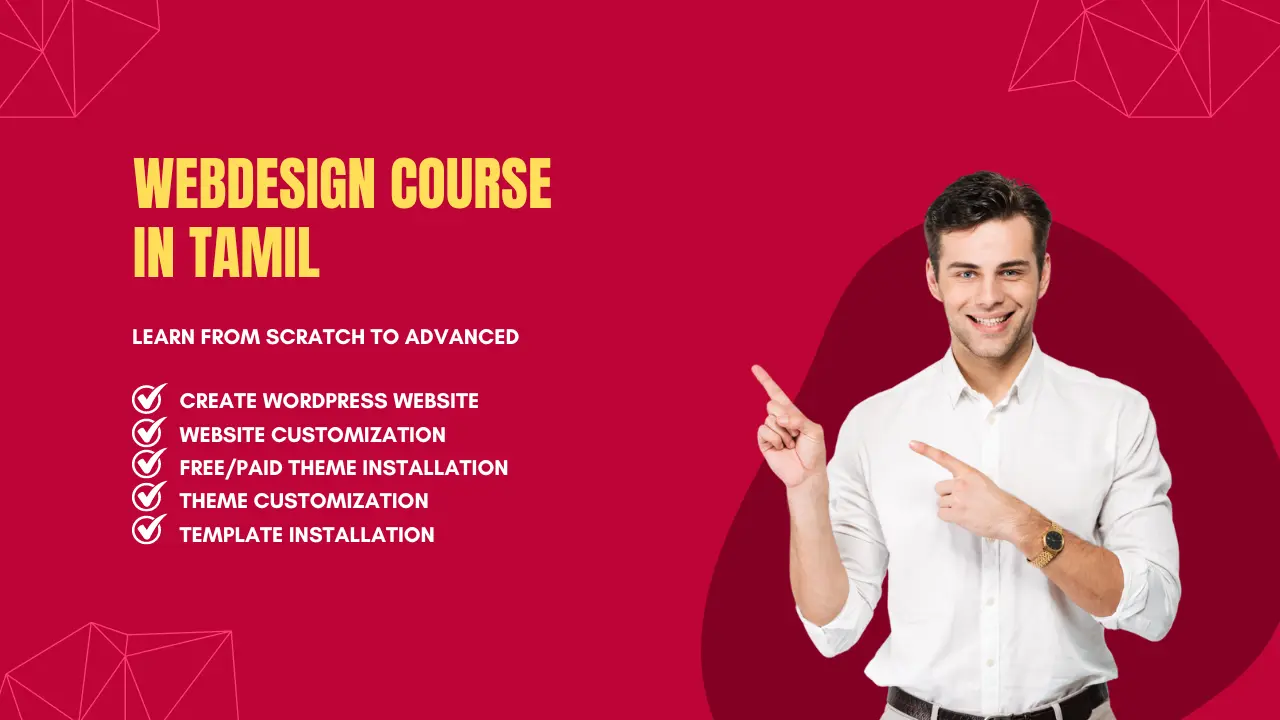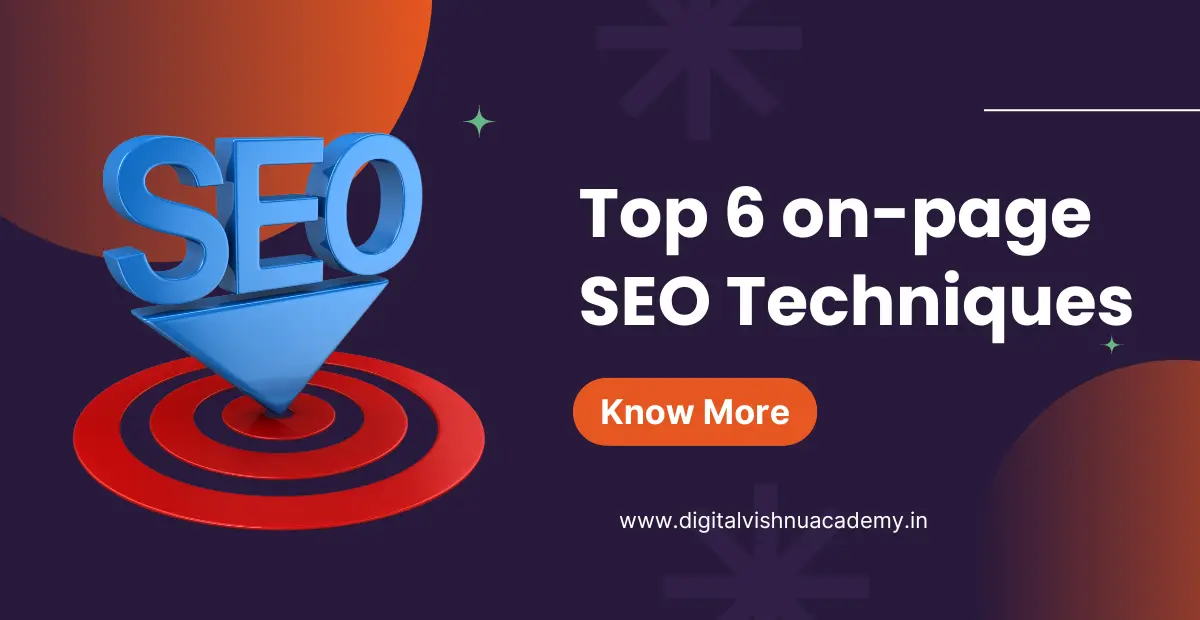Introduction
In the ever-evolving world of digital marketing, search engine optimization (SEO) remains a crucial component for online success. While search engines like Google become more sophisticated each day, some might wonder if on-page SEO techniques are still relevant. The answer is a resounding yes. On page SEO continues to play a vital role in helping search engines understand your content and rank your pages higher.
This comprehensive guide will explore the on-page SEO techniques that still work in today’s digital landscape. By implementing these strategies, you can improve your website’s visibility, attract more organic traffic, and enhance the overall user experience.
Table of Contents
Understanding On-Page vs. Off-Page SEO
Before diving into the techniques, it’s essential to understand the difference between on-page and off-page SEO.
What Is On-Page SEO?
On-page SEO refers to the practice of optimizing individual web pages to rank higher and earn more relevant traffic in search engines. It involves aligning page-specific elements like content, meta tags, headings, and internal links with keywords and search intent.
What Is Off-Page SEO?
Off-page SEO focuses on increasing the authority and trustworthiness of your domain through content creation and earning backlinks from other websites. It includes activities like link building, social media marketing, and influencer outreach.
Why Are They Important?
Both on-page and off-page SEO are crucial for a well-rounded SEO strategy. On-page SEO ensures that your website is structured correctly and provides valuable content, while off-page SEO helps build your site’s reputation and authority.
Optimizing Internal Links
Internal linking is one of the most important on-page SEO techniques. It not only helps search engines understand your website’s structure but also guides visitors to related content, enhancing their experience.
The Importance of Internal Links
Internal links connect one page of your website to another. They play a significant role in:
- Improving Navigation: They help users find related content easily.
- Distributing Page Authority: They spread link equity (ranking power) throughout your site.
- Enhancing User Experience: They keep visitors engaged by providing additional valuable information.
Best Practices for Internal Linking
Using Descriptive Anchor Text
Anchor text is the clickable text in a hyperlink. Using descriptive and relevant anchor text helps search engines understand the context of the linked page.
Example: Instead of writing “Click here,” use “Learn more about our SEO services.”
Avoid Overusing the Same Anchor Text
Using the same anchor text for different pages can confuse search engines. Diversify your anchor texts to accurately reflect the content they link to.
Example: If you have multiple pages about SEO, don’t use “SEO tips” as anchor text for all of them. Instead, use variations like “on-page SEO techniques,” “technical SEO guide,” etc.
Practical Example: Implementing Internal Links
Digital Vishnu Academy effectively uses internal linking to enhance SEO. For instance, in their blog post about “Digital Marketing Strategies,” they link to related articles like “Understanding SEO Fundamentals” and “Content Marketing Best Practices” using descriptive anchor texts. This approach helps both search engines and users navigate their content efficiently.
Structuring Content with Heading Tags
Organizing your content with proper heading tags (H1 to H6) is essential for readability and SEO. Heading tags create a hierarchy that makes your content easier to understand for both users and search engines.
The Role of Heading Tags
H1: The Title of Your Content
- Purpose: Represents the main topic of the page.
- Usage: Only one H1 tag should be used per page.
H2: Main Sections
- Purpose: Denote primary sections within your content.
- Usage: Use H2 tags for each main point or section.
H3 to H6—Subsections
- Purpose: Break down the H2 sections into more detailed points.
- Usage: Use H3 for subsections under H2, H4 under H3, and so on.
Best Practices for Heading Tags
Only One H1 Per Page
Having multiple H1 tags can confuse search engines. Ensure that your page title is wrapped in an H1 tag and use H2 to H6 for subheadings.
Maintaining Proper Hierarchy
Avoid skipping heading levels (e.g., jumping from H2 to H4 without an H3). This structure helps search engines understand the relationship between sections.
Practical Example: Content Structure
Digital Vishnu Academy’s articles are well-structured using heading tags. In their “Beginner’s Guide to SEO,” the H1 tag is the title itself. They use H2 tags for main topics like “Keyword Research” and “On-Page Optimization,” and H3 tags for subtopics like “Tools for Keyword Research” under each H2 section. This logical structure enhances readability and SEO.
Optimizing URL Structure
A clean and descriptive URL structure improves user experience and helps search engines understand your content.
Why URL Structure Matters
- User-Friendly: Short, descriptive URLs are easier to read and remember.
- SEO Benefits: Keywords in URLs can improve search rankings.
- Link Sharing: Clean URLs are more likely to be shared and clicked.
Best Practices for URLs
Keeping URLs Short and Descriptive
Include the main keyword and keep the URL as concise as possible.
Example: Instead of www.digitalvishnu.in/article/123456, use www.digitalvishnu.in/seo-techniques.
Avoiding Dates and Unnecessary Parameters
Dates and parameters can make URLs lengthy and may become irrelevant over time.
Example: Avoid www.example.com/2021/08/seo-tips?ref=homepage.
Practical Example: URL Optimization
Digital Vishnu Academy uses clean URLs that reflect the content of their pages. For example, their article on social media marketing is found at www.digitalvishnu.in/social-media-marketing-strategies, which is short, descriptive, and includes the primary keyword.
Crafting Meta Titles and Descriptions
Meta titles and descriptions are HTML elements that provide information about your webpage to search engines and users.
The Importance of Meta Titles and Descriptions
- First Impression: They are often the first thing users see in search results.
- CTR Boost: Well-crafted meta titles and descriptions can increase click-through rates.
- SEO Signals: They help search engines understand the page’s content.
Best Practices for Meta Titles
Including Focus Keywords
Place your primary keyword near the beginning of the title.
Example: “On-Page SEO Techniques: Boost Your Rankings Today”
Keeping Within Character Limits
Aim for 50-60 characters to ensure the title displays fully in search results.
Best Practices for Meta Descriptions
Writing Compelling Descriptions
Create a concise summary that entices users to click.
Example: “Discover proven on-page SEO techniques to improve your website’s rankings and attract more traffic.”
Including Focus Keywords
Incorporate your main keyword naturally within the description.
Practical Example: Meta Tags
Digital Vishnu Academy’s article on “Email Marketing Best Practices” has a meta title like “Email Marketing Best Practices: Boost Engagement Now” and a meta description such as “Learn how to craft effective email campaigns with our top email marketing best practices. Increase your open rates and conversions today.”
This approach includes the focus keyword, stays within character limits, and provides a compelling reason to click.
Strategic Keyword Placement
Keywords remain a foundational element of SEO. Placing them strategically helps search engines understand your content’s relevance.
Importance of Keywords in Content
- Relevance: Keywords signal to search engines what your content is about.
- User Intent: Aligning keywords with user queries improves satisfaction.
- Ranking Potential: Proper keyword usage can enhance your search rankings.
Where to Place Keywords
Meta Titles and Descriptions
As discussed, include keywords in these elements.
URLs
Incorporate the primary keyword into the URL slug.
First Paragraph
Mention your main keyword early in your content to establish context.
Headings
Use keywords in H2 and H3 headings where appropriate.
Alt Text of Images
Describe images using keywords when relevant.
Avoiding Keyword Stuffing
Overusing keywords can lead to penalties. Aim for natural inclusion without forcing keywords into the content.
Example of Keyword Stuffing (to avoid):
“SEO techniques are vital. SEO techniques help improve SEO techniques for better SEO techniques.”
Practical Example: Keyword Placement
In their article on “Content Marketing Strategies,” Digital Vishnu Academy places the keyword strategically:
- Title: “Effective Content Marketing Strategies for 2023”
- First Paragraph: The keyword appears naturally within the introduction.
- Headings: Used in H2 tags like “Developing a Content Marketing Strategy.”
- Alt Text: Images have alt text like “Content Marketing Plan Diagram.”
This balanced approach avoids keyword stuffing while ensuring relevance.
Optimizing Image Alt Text
Alt text describes images to search engines and users with visual impairments.
The Role of Alt Text in SEO
- Accessibility: Helps screen readers convey image information.
- SEO Benefits: Search engines use alt text to understand image content.
- Image Search Rankings: Improves the chance of appearing in image search results.
Best Practices for Alt Text
Describing Images Accurately
Provide a concise description of what the image depicts.
Example: For an image of a laptop showing analytics, use “Laptop displaying SEO analytics dashboard.”
Including Focus Keywords Strategically
If appropriate, include the keyword in the description.
Avoiding Overuse of Keywords
Don’t add the primary keyword to every image’s alt text to prevent keyword stuffing.
Practical Example: Image Optimization
Digital Vishnu Academy optimizes images by:
- Describing Images: Using alt text like “Digital marketing team planning strategies.”
- Including Keywords: Incorporating relevant keywords when appropriate, such as “SEO tools dashboard.”
- Avoiding Overuse: Not all images have keywords in their alt text, maintaining a natural balance.
Conclusion
On-page SEO techniques remain a critical part of any successful digital marketing strategy. By optimizing internal links, structuring content with proper headings, refining URL structures, crafting compelling meta titles and descriptions, strategically placing keywords, and optimizing image alt text, you can significantly improve your website’s visibility and user experience.
Implementing these practices doesn’t have to be complicated. As demonstrated through the examples from Digital Vishnu Academy, thoughtful application of these techniques can lead to better search engine rankings and more engaged visitors.
Stay updated with the latest SEO trends and continuously refine your on-page strategies to stay ahead in the competitive online landscape.





 admin
admin 